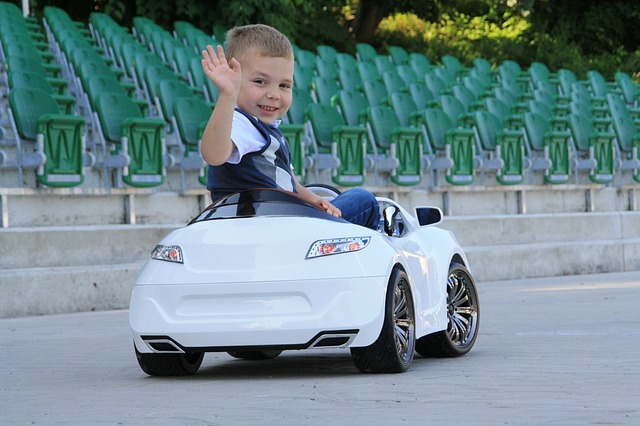
Hitting the highway for a family road trip this summer? Will you or your nanny be shuttling the kids to and from camp? Maybe your little ones will be taking a school bus to and from camp each day. Whatever your plans are for summer (or any time of the year), you’ll want to check out these helpful car safety rules and tips for parents and nannies, courtesy of KidsHealth.org:
Correctly installed and properly used child safety seats (car seats) and booster seats — or seatbelts, depending on a child’s age — are the first line of defense in protecting kids on the road. Couple that with defensive driving habits and you’re helping to ensure that your kids travel safely.
But kids also have some responsibilities when it comes to staying safe in a car or on a school bus. Most are in these vehicles every day and so should be taught simple rules for traveling to help keep them safe. Be sure to explain to your kids that these rules must be followed every time, no matter who is driving or how short the ride may be.
Rules for the Car
- A seatbelt must be worn during every car trip. It should be fastened before the car is even in motion and should be left on until the end of the trip.
- Use all seatbelts. Most cars have lap and shoulder belts that buckle as a unit, but some have two separate belts, one lap and one shoulder. Some have a lap belt only. Teach your kids to look for and secure every belt. Also teach them not to tuck the belt under their armpit, even if they think it is more comfortable that way. Doing so makes the belt less effective in a crash.
- Never share seatbelts. It might seem like fun, but two kids should never buckle up as a pair.
- Sit in the back seat. Kids under 13 years old should always ride in the back seat. This protects them from possible injury when a passenger-side air bag deploys. Explain that air bags could seriously hurt a small child because they are designed to protect a person with a much bigger body.
- Play it cool. Kids should understand the importance of staying calm and low-key in the back seat. If they are jumping around or yelling, it can distract the driver and put all the passengers at risk.
- Follow the rules in every car. Kids need to follow the rules if they are in a friend’s or relative’s car, even if other passengers don’t follow the rules. If asked to sit in the front seat of someone else’s car, your child should politely decline the offer and tell the driver that he or she would prefer to sit in the back seat.
Rules for the Bus
- Wait for the bus away from the street. Kids should get in a line that starts about 6 feet (2 meters) from the curb and goes away from the street rather than down the side.
- Wait for the OK. Kids must wait until the bus driver opens the door and says that it’s OK to step on. They should not step into the road even a moment sooner.
- Be careful getting on the bus. This is important for older kids who may carry bags and backpacks that can get caught in a door or around a seat.
- Wear seatbelts if possible. Some school buses are outfitted with seatbelts. They should be buckled before the bus leaves and left on until the bus arrives at its destination.
- Play it cool. Make sure kids understand the importance of staying in their seats while the bus is moving. Running or climbing around the bus can distract the driver and be dangerous to other kids.
- Be careful getting off the bus. When exiting the bus, kids should hold onto the handrail and step down slowly. Once off the bus, they must walk in front of it, never behind it.
- Stay in front. When they walk in front of the bus, kids should walk on the sidewalk next to the bus for at least 10 feet (about 3 meters), make sure the bus driver acknowledges them, and then cross the street.
- Don’t disappear. A child who drops something while crossing in front of a bus should never bend over to pick it up. This makes the child invisible to the driver. Instead, teach kids to tell the bus driver if they drop something.
Here’s to a happy and safe summer! If you’re in need of summer child care, be sure to let us know. Call (518) 348-0400.
